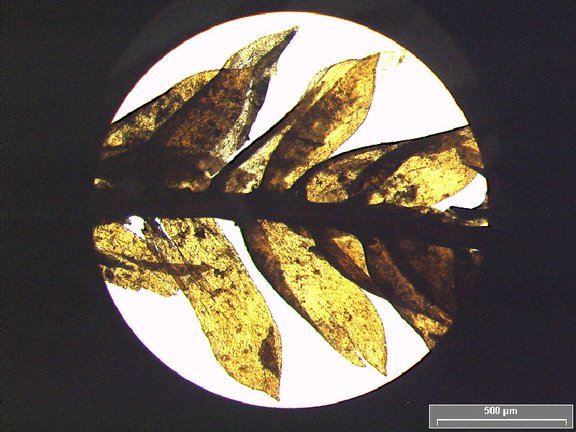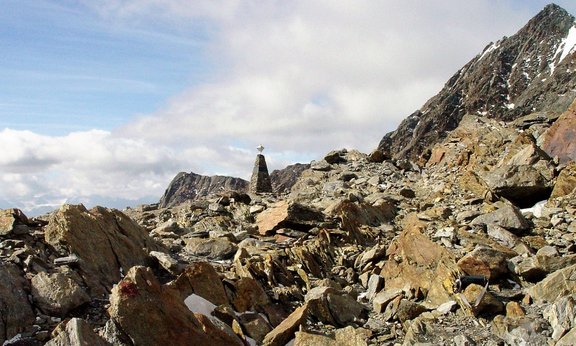Since its discovery in September 1991, the mummified body found on the Tisenjoch at an altitude of 3250 metres has been of enormous international research interest. There is still no better preserved mummy from the Copper Age. Prof. Klaus Oeggl from the Institute of Botany at the University of Innsbruck has been working on the glacier mummy as an expert in archaeobotany since the discovery of Ötzi. Among other things, he has published several papers on the analysis of the stomach contents of Ötzi. In a current study, which he conducted together with his colleague Jim Dickson from the University of Glasgow and which has now been published in the journal PLOS One, Oeggl deals with mosses found around Ötzi. "For bryology, i.e. for the science of mosses, Ötzi's location and, of course, the glacier mummy itself are unique in the history of the Quaternary to this day. In our current work we have dealt with the plant remains found around, on and in Ötzi. Mosses were isolated and analysed from the sediments of the site as well as from the clothing, equipment and gastrointestinal contents of the glacier mummy," said Klaus Oeggl explaining the procedure.
One third of the mosses not native to the area
The scientists were able to identify 75 different mosses, including at least 10 liver mosses. Today, 21 different moss species grow at the site. "Two thirds of the species found are native to the nival zone, i.e. over 3000 metres above sea level. However, one third are not native, as they only thrive in lower areas. Those species, which actually cannot grow at all at the discovery site, are of special interest for us, because they enable us to draw conclusions about his ascent route. We know where these mosses usually occur," explains Oeggl. The archaeobotanist assumes that on his way to the Tisenjoch, Ötzi took the mosses with him that cannot be assigned to the height. "This could have happened intentionally or unintentionally on his last hike. My colleague Jim Dickson has been documenting the occurrence and detailed geographical distribution of mosses in this South Tyrolean area for decades. We can therefore reconstruct through which areas Ötzi migrated." Especially the evidence of the Flat Neckera (Neckera complanata) and a species of Sphagnum is a proof for the theory that the Man from the Ice chose his last journey to the north over the gorge at the entrance of the South Tyrolean Schnals Valley.

Links
- Dickson JH, Oeggl KD, Kofler W, Hofbauer WK, Porley R, Rothero GP, et al. (2019) Seventy-five mosses and liverworts found frozen with the late Neolithic Tyrolean Iceman: Origins, taphonomy and the Iceman’s last journey. PLoS ONE 14(10): e0223752. https://doi.org/10.1371/journal.pone.0223752
- Department of Botany

